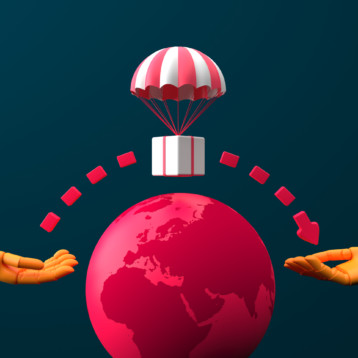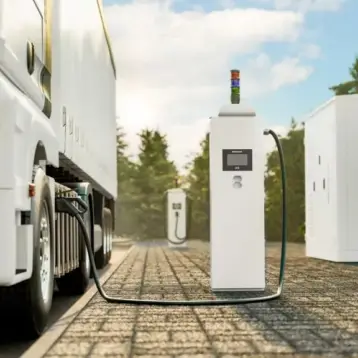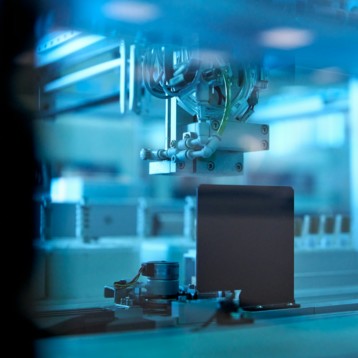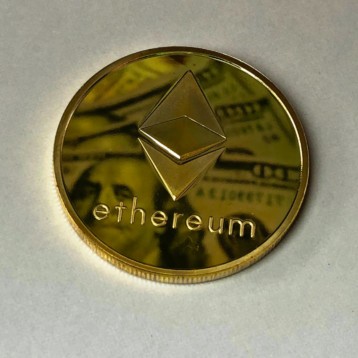Nokia, and Segway’s inventor, Dean Kamen, recently announced a competition which invites innovators to submit new applications for mobile communications that can improve the world. The prize, $25,000, will be given in three different categories: eco-challenge, emerging markets, and technology showcase, along the guaranteed fame that tends to be attached to the “saving the world” title.
 |
Dean Kamen
(Credit: Clarkson
University) |
|
Although some residents of the United States find it hard to understand the role mobile phone technology plays across the globe, developing countries utilize mobile devices for various tasks. In Senegal, for example, farmers are using cell phones to track crop prices; in Japan, whole novels are written using text messaging, and in Sweden, citizens are texting to apply for instant loans. Analysts predict that within eighteen months half of the world’s population will be using cellular phones, with the bulk of new users emerging from developing nations. The question of what phones can do for their owners has never before had such potentially world-changing answers.
The new partnership formed by the one of the largest mobile phones manufacturers in the world and Dean Kamen seeks to find new ways to utilize a cellular network. For the next three months developers can enter mobile applications with real-world value for a chance at a $25,000 prize ($15,000 for second place) along with travel and accommodations to the Mobile World Congress in Barcelona, Spain in February 2009. The three categories are eco-challenge, which suits programs that help users make “sustainable choices,” emerging markets, which contain anything from micro-finance to health care, and technology showcase, which lets developers strut their stuff. The basic requirement is that the applications will be compatible with
Nokia phones that use the
S60 platform.
Kamen himself has recently completed a field test of two inventions that he hopes will change the world. Both are based on
Stirling engine technology: one is a water purifier, the other an electrical generator. Each purifier and generator provides enough power and water for a village; but, with one million villages in India alone, deployment is a challenge. In the past, Kamen has worked with multinational companies to launch his inventions, but the top-down approach of a big company doesn’t mesh well with the million-village scale of this project. “Cancer, diabetes, all those diseases, that’s 50 percent,” he says. “The other 50 percent of all disease is caused by bad water. Getting clean water to people would knock out 50 percent of all disease.”
The developing world has a high number of cell phones per capita, since there are very little landlines. The idea behind the project is that software running on Nokia’s platform could be used to network and control a village’s small-scale power and water supply. Hence the contest; Kamen is hoping to tap the expertise of mobile software developers (like the three million enrolled to the “Forum Nokia” community) to provide the infrastructural glue that will help get his inventions to the people who need them. According to Kamen, the real hope is that properly motivated developers will pour some of their efforts into projects that help the world instead of endless widget toys and games. As the forum has just been announced, it is yet to be seen if new world-improving innovations will emerge. One thing is for sure: Nokia will receive its share of positive exposure and press coverage.
More information about Nokia’s “Calling All Innovators” forum can be found in the company’s
press release and the forum’s
website.











